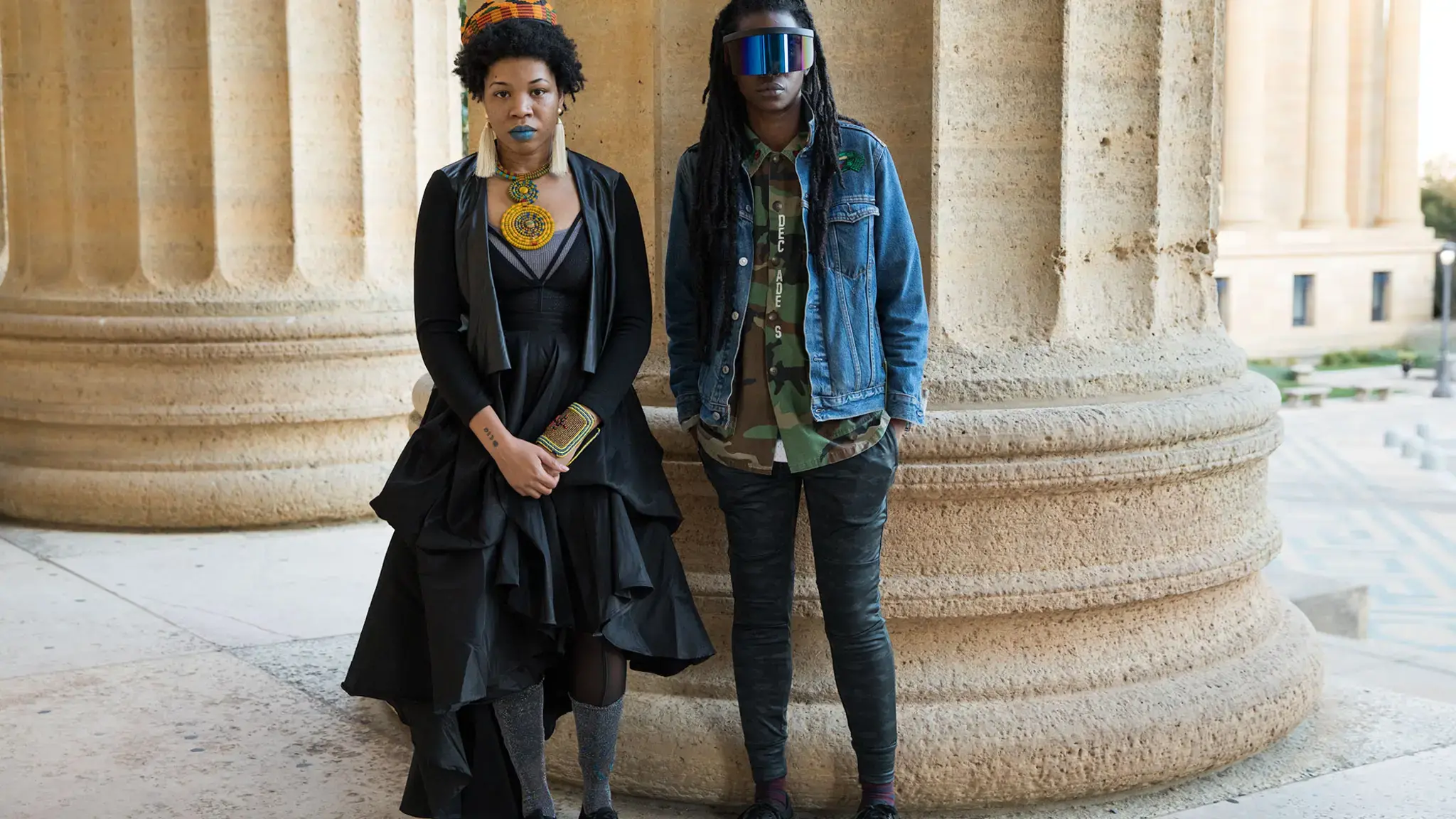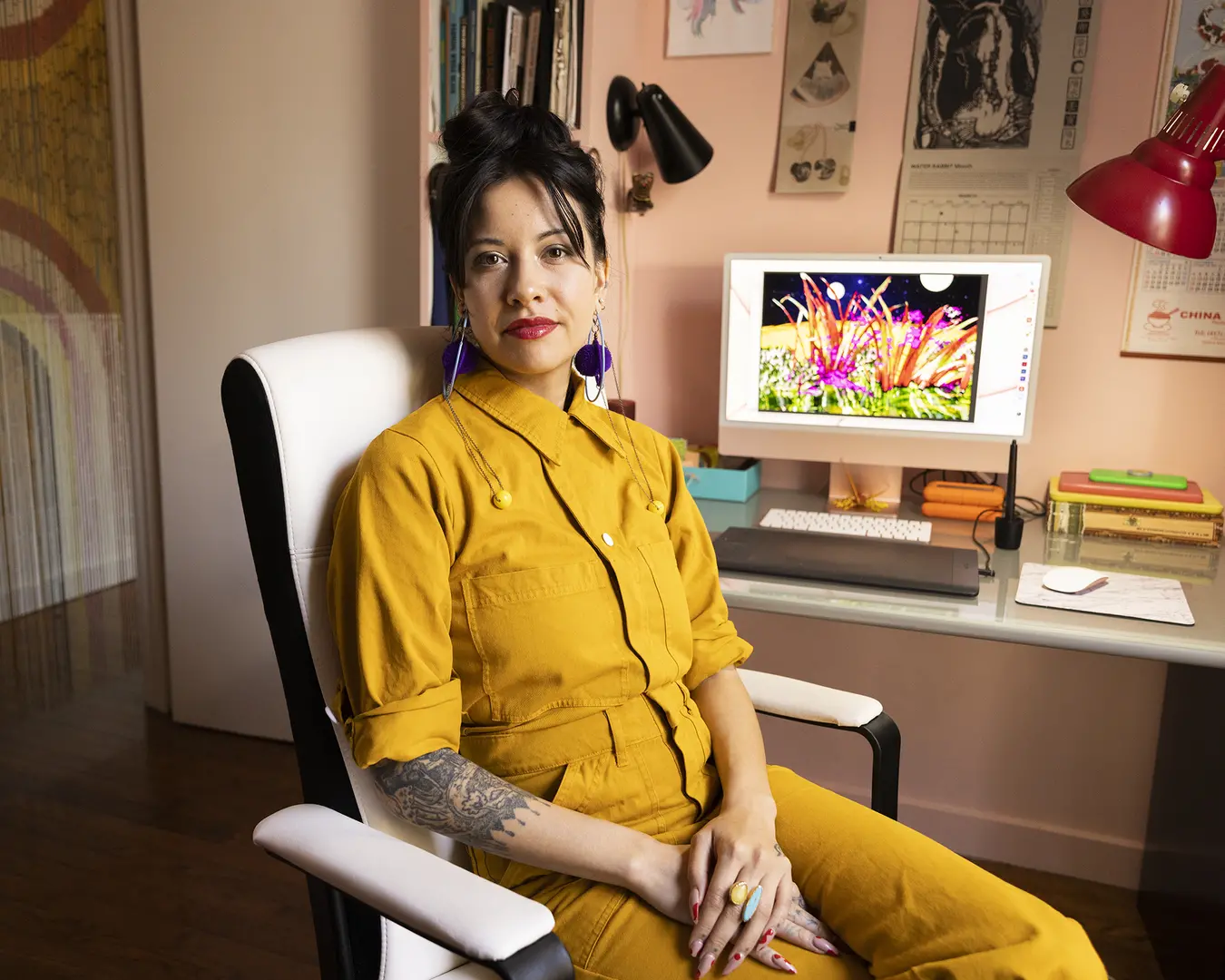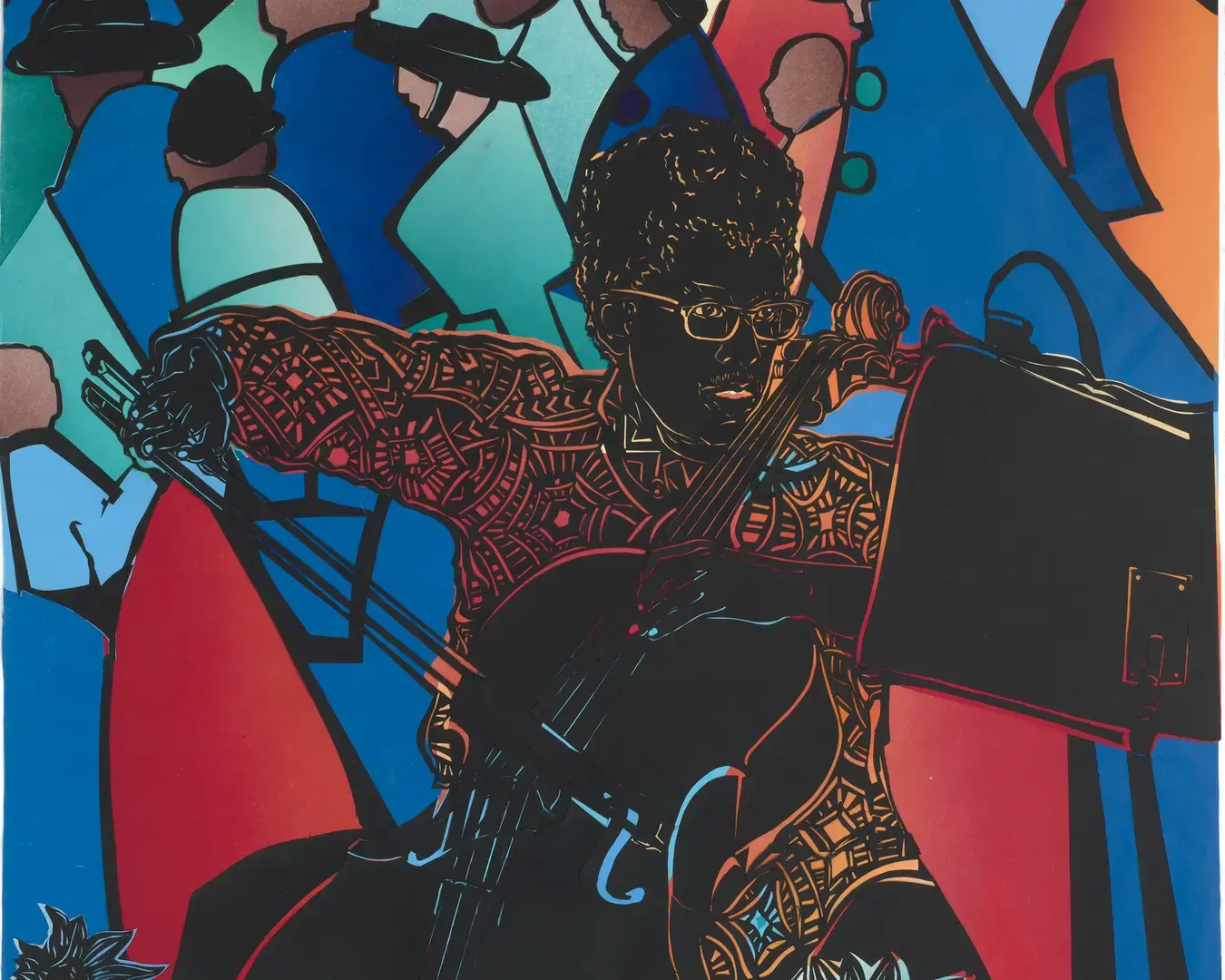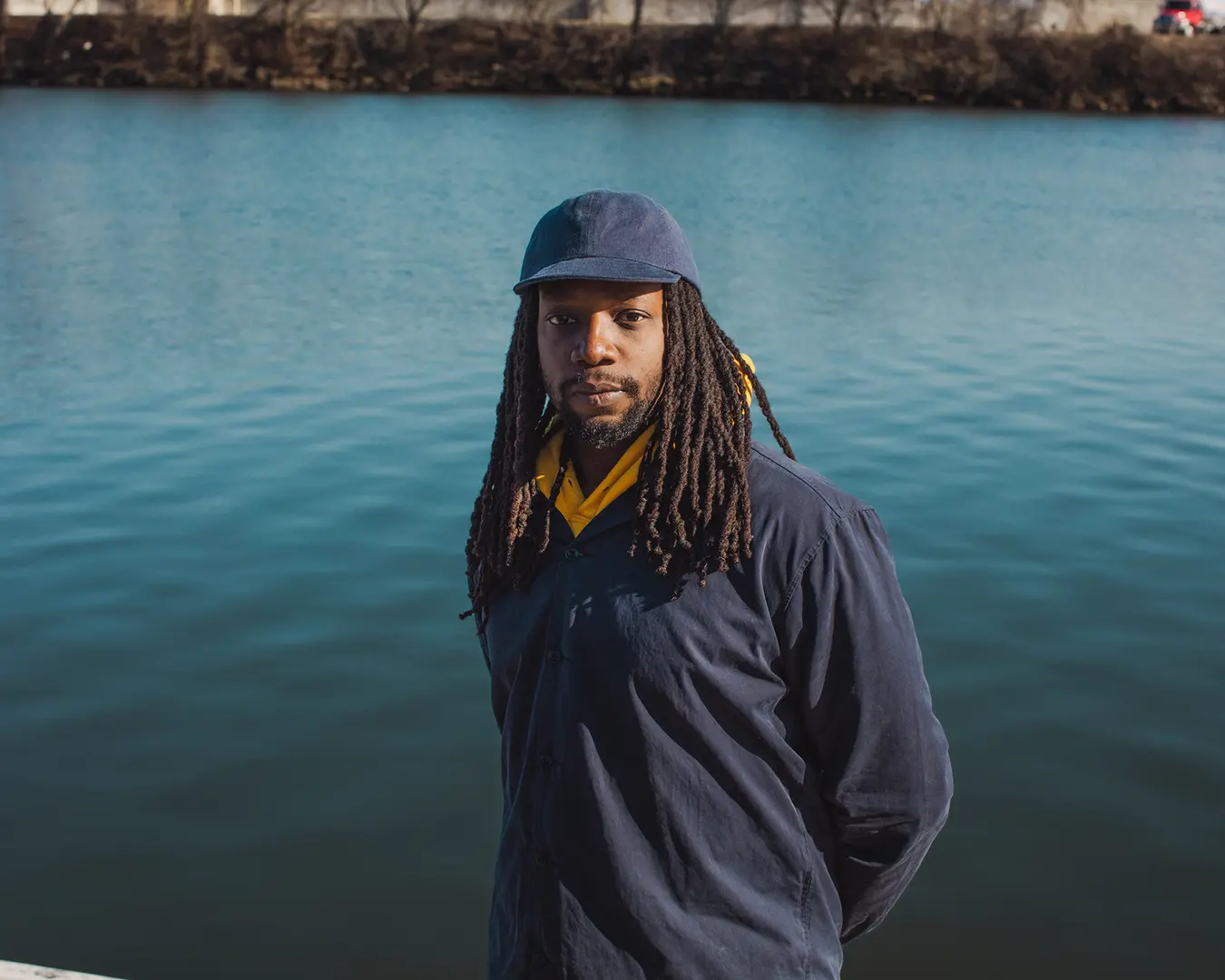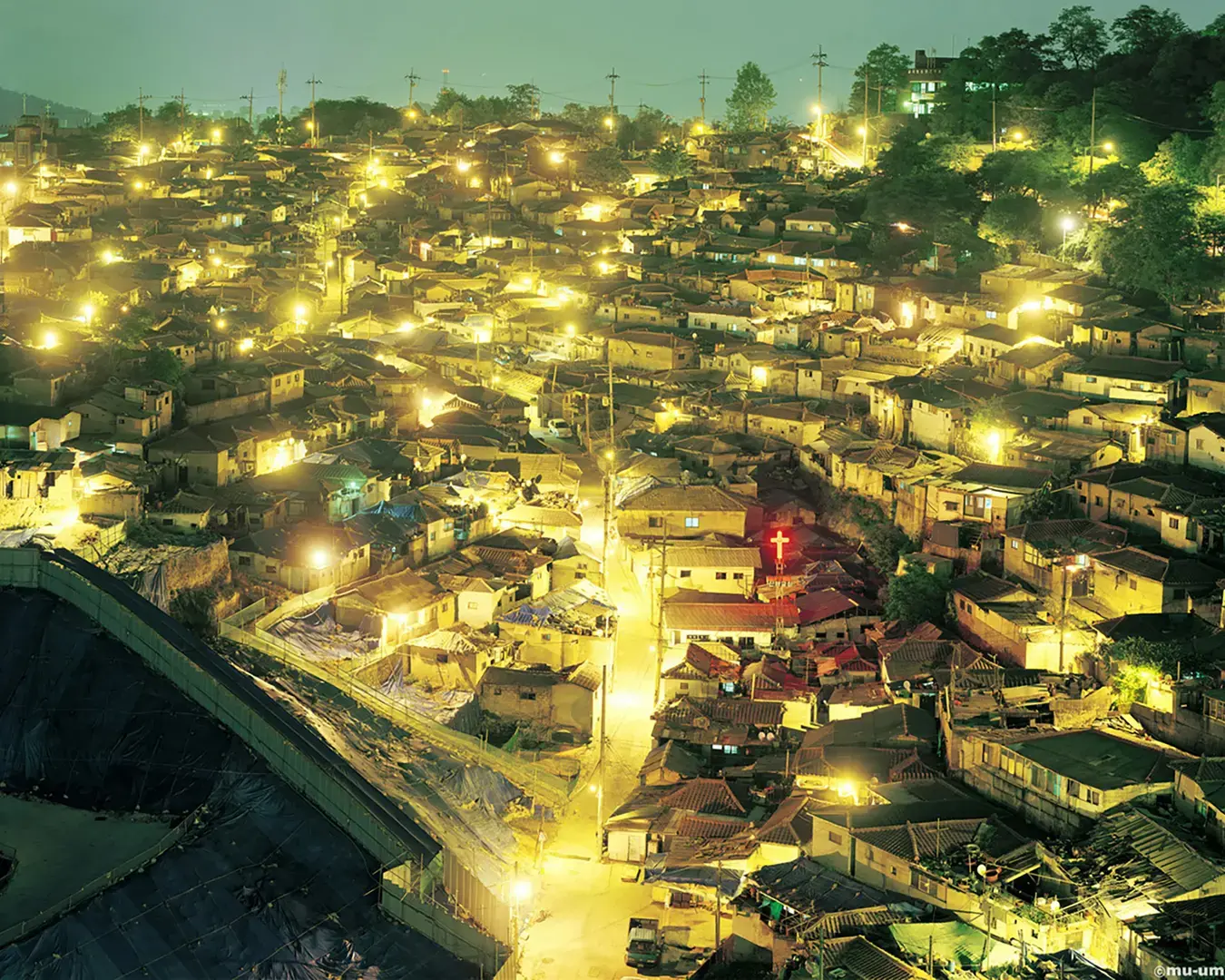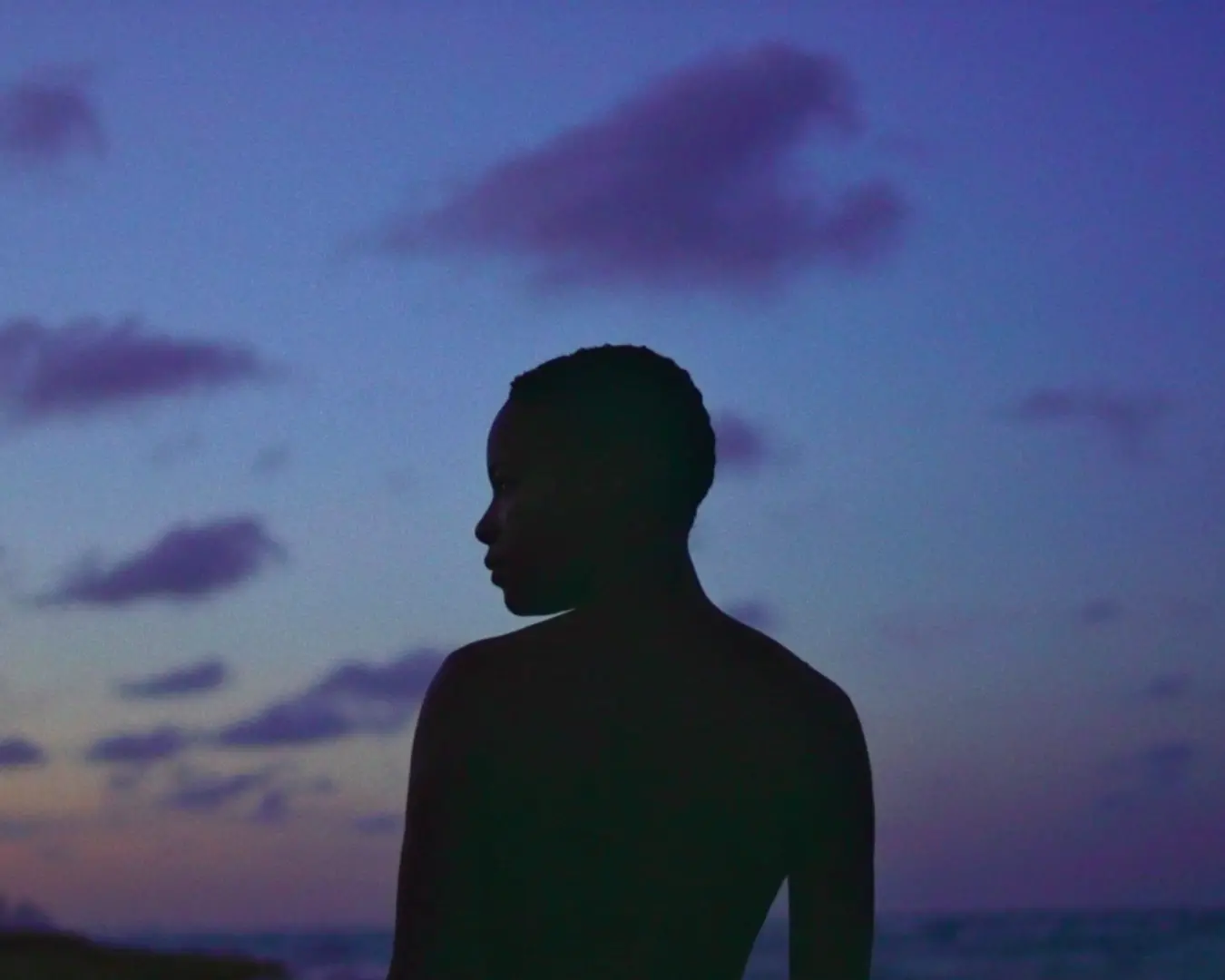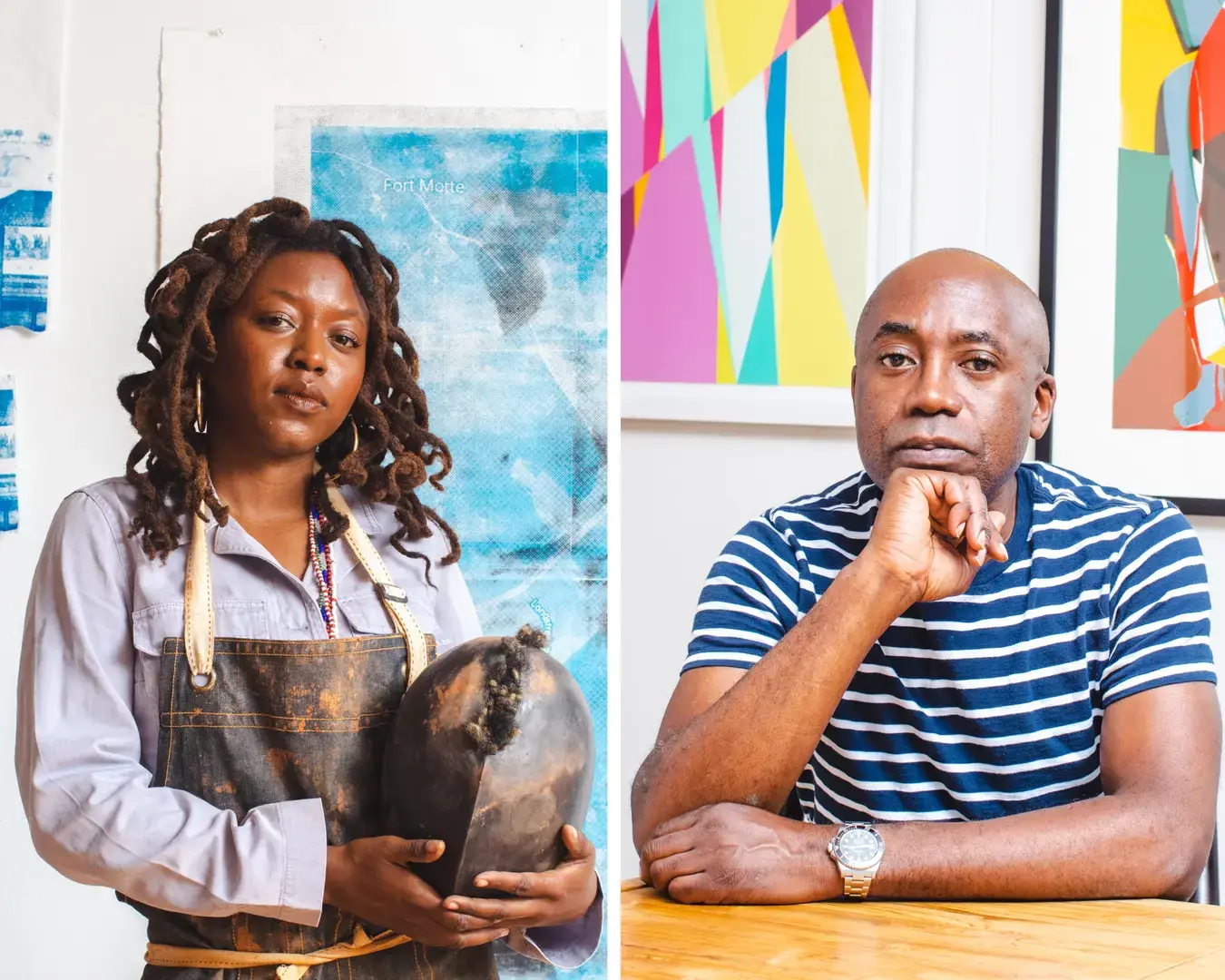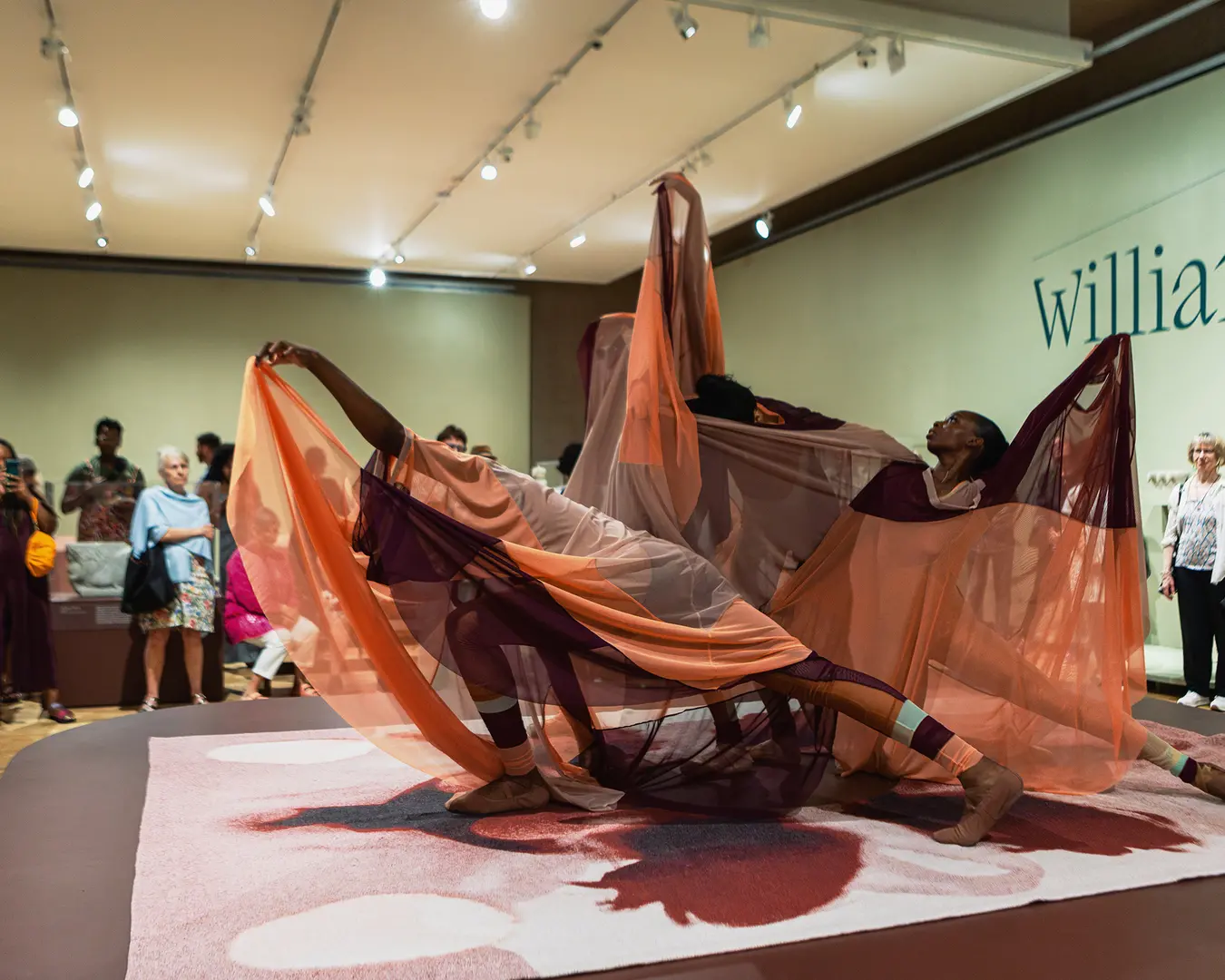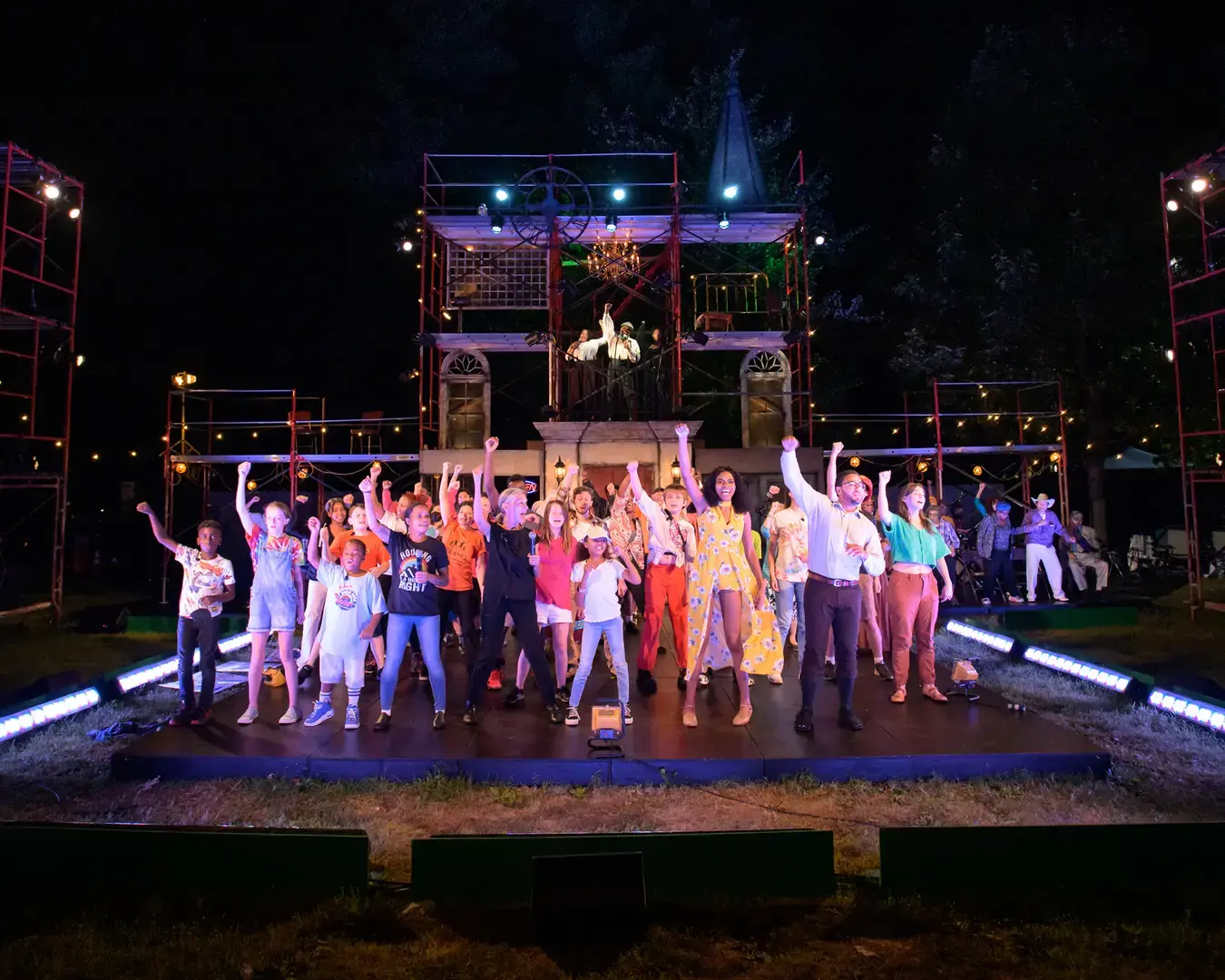Our Pew Fellows interview series focuses on the artistic lives of our Fellows: their aspirations, influences, and creative challenges.
This week, we speak to interdisciplinary artists Camae Ayewa and Rasheedah Phillips (2017) who describe themselves as “afrofuturistic cultural producers.” Through self-published writing, music, film, visual art, and creative research, Ayewa and Phillips explore the intersections of black culture, science fiction, futurism, and social practice. Working under the name Black Quantum Futurism Collective, their multidisciplinary collaboration presents community-based events, experimental music projects, short films, and zines. Their publications include an anthology of experimental essays on space-time consciousness titled Black Quantum Futurism: Theory & Practice Vol. 1 (2015), and Space-Time Collapse Vol. 1: From the Congo to the Carolinas (2016).
How did you become artists? Is there a particular experience that drove each of you to this choice?
CA
Since my youth, creativity and making art have been an easy way to explain what I was going through and what the people around me were going through.
RP
I have been a creator/creative person since I was young, writing science fiction stories and plays since I was 4 or 5 years old. I did not have a direct path to becoming an “artist.” I became a young, single mother in high school and decided to pursue a career in law as a means of providing stability for my child. After settling into my career as an attorney at Community Legal Services, and once my child was a little older, I was able to return to creating and focus on developing a creative practice.
Your artistic practice is collaborative. Can you explain each of your roles and your distinctive contributions? What are the benefits of working as an artistic team?
We have a very organic way of working together. We live together and have many of the same interests, so a lot of our projects start off with a topic or subject that one of us is reading about or thinking a lot about. We will have discussions about the topic, and then decide together that we want to explore it further through sound and words, art, or performance. We each have our strengths or particular areas of expertise that we then contribute. Although we are both writers, we each have distinct ways of writing and expressing. Rasheedah brings a speculative fiction perspective and context to her writing and experimental essays, while Camae, as a poet and rapper, has a particular lyrical quality about her writing. Camae also produces music, and both of us delve into visual art in different ways, but there is so much cross-contamination and sharing.
One of our first projects together was for Camae to produce a soundscape for Rasheedah’s first self-published speculative novel, Recurrence Plot and Other Time Travel Tales (2014). Then we produced a metaphysics zine series together that also had soundscapes, and Camae did a sound project on Sun Ra, for which Rasheedah wrote an essay. We then evolved into performative readings by Rasheedah with live sound experimentation by Camae, alongside visual projections. This was all before we even began developing Black Quantum Futurism and before we realized we were doing a thing that should continue formally! Working together brings many benefits because we work with so much care for the other’s thoughts and intentions. We value growth and want to become better communicators through art.
Why do you choose to work and live in Philadelphia? In your experience, what makes this arts scene distinctive?
RP
I came to Philly when I was a young teen, attended high school here, as well as undergraduate, and then law school at Temple University. I intentionally chose to build my career as an attorney in Philadelphia, and intentionally chose to return to the North Philly community after law school to raise my family, have a home, create art, and to continue to serve the community here. As an advocate and artist, I draw much of my inspiration from my community and living environment, and from the people I work with, interact with socially, and live with in the community. What I have always found to be distinctive about the arts scene is the general lack of pretense from some of the bigger art institutions, and the ability for DIY and informally educated artists to create spaces for themselves.
CA
I came to Philadelphia to study photography and felt empowered by the underground music and art scene. Philadelphia is interesting because it is one of the poorest biggest cities in the country, so to be an artist here means you are very crafty and depend on your community. It also inspires a lot of grit in the work produced here.
Working under the name Black Quantum Futurism Collective, you produce a variety of interdisciplinary projects, including community-based events. What role do you think artists can play in communities and in society?
RP
I think the best role artists can play in society is to be seen as and become an indispensable part of the fabric of their communities. Often, artists are seen as separate and distinct from the communities they work or make art in. This causes a certain erasure or devaluation of the work of artists living or embedded in a community. At the same time, it causes an overvaluation of artists who are swooping into communities they don’t belong to to “beautify” it or make art that often the community doesn’t want, need, or benefit from. I really think artists and communities can mutually benefit from artists applying their creative thinking to matters of civic engagement, and connecting with community members in genuine ways that are not tied specifically to making art, or taking inspiration from the community without giving something back that is more substantial than an art product. These are lessons that I continue to learn as an artist, advocate, and neighbor who lives in and creates art with and about my chosen community.
CA
One thing artists can do is to have an open mind about the creators living in their own neighborhood and community. Artists can expand their practice by [creating] collaborations in their own community. Reaching out to artists in the community that are working in different mediums creates deeper and more meaningful works that can provide a lasting impact in the communities we live in.
What single ethical consideration most impacts the decisions you make as a collaborative team?
Whether our work is authentically rooted in the communities we come from, live in, work in, create in, and serve.
What are the primary vehicles you use to support your practice—what makes it possible?
We are avid readers and researchers. We find books and other written works to be integral to the foundation of understanding what came before us and [to creating] artistic, community-based practices and workshops.
What music are you listening to and/or which books are on your bedside table?
Music: Drake, Christian Scott, Nas, Migos, and Pharaoh Sanders.
We literally have about 50 books on our nightstand, so to name a few: Time in History: Views of Time from Prehistory to the Present Day; Magic, Mystery, and Science: The Occult in Western Civilization; In the Meantime: Temporality and Cultural Politics; Objects of Time: How Things Shape Temporality; Seeing Dark Things: The Philosophy of Shadows; The Soundscape.
What is perfection to you, in the context of your work?
We are not interested in perfection. Perfection implies an ending or completion on the progressive, fatalistic, linear timeline that we do not feel is a proper measure for our work, which involves dismantling oppressive, hegemonic temporalities and timelines and developing, recovering, and synthesizing healthy, alternative, temporal dynamics. We see this work as cyclical, ongoing, dynamic, generative, and generations-long. We want our community to continue to be positively impacted by our work, for that impact to continue to grow and reach others, and to continue to become better artistic agents and ambassadors of our community.
